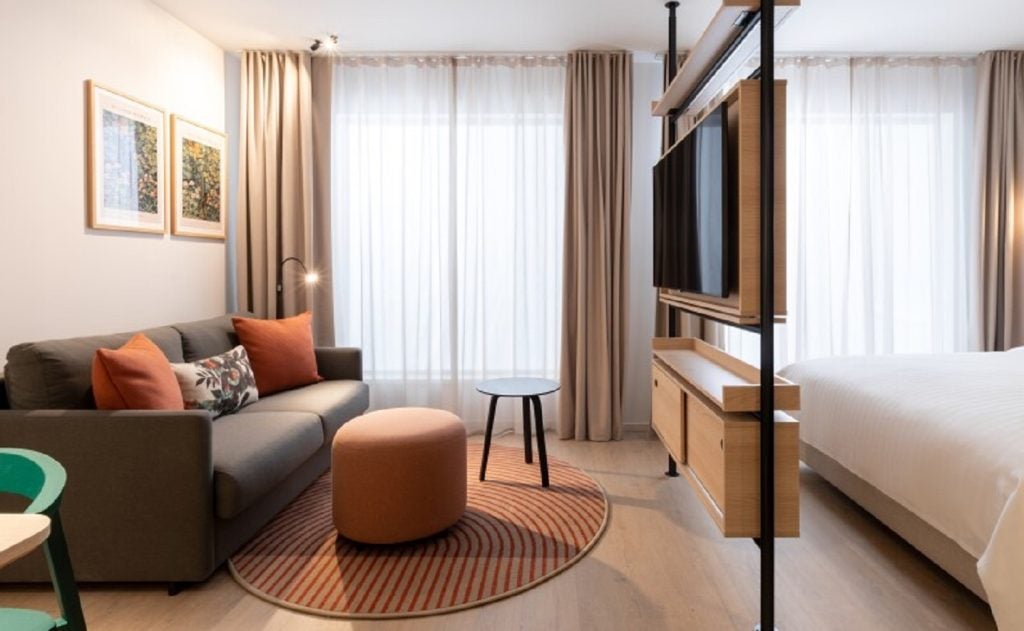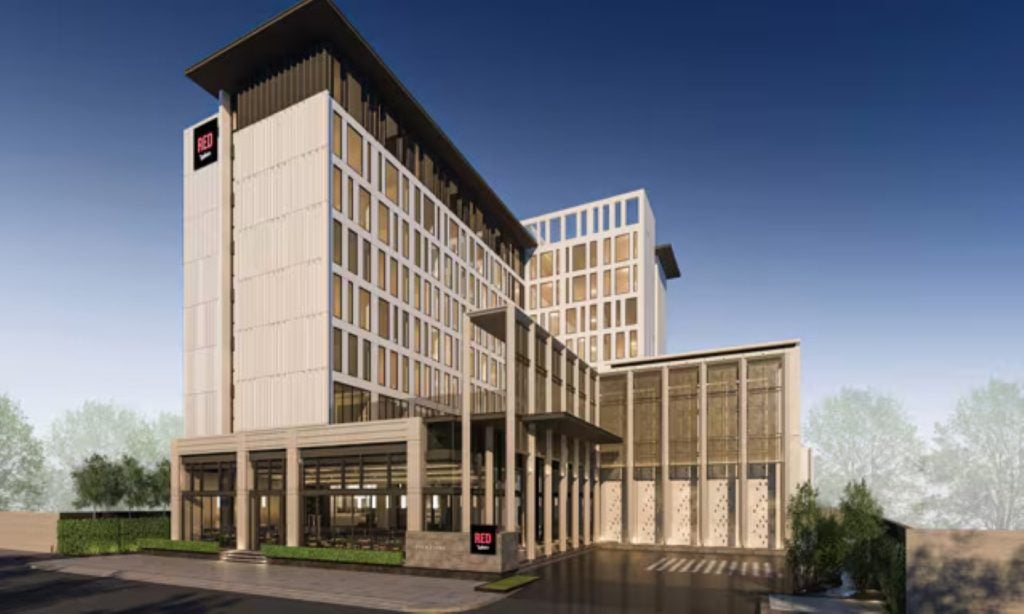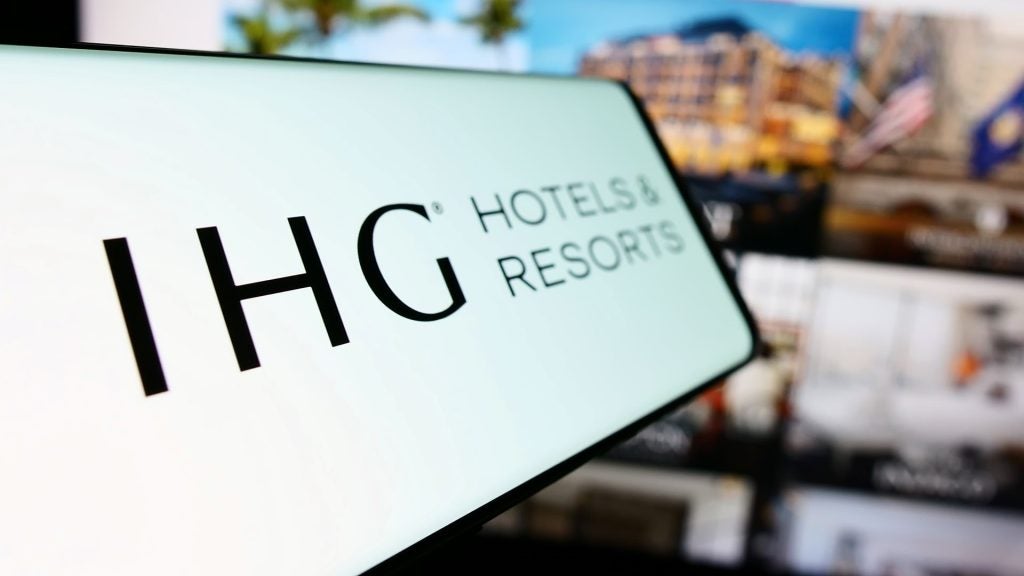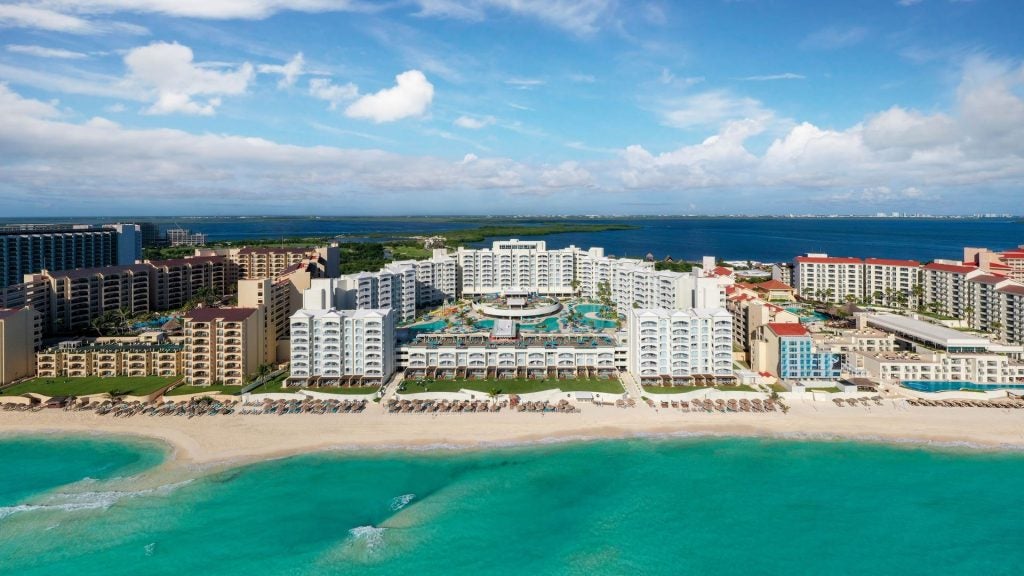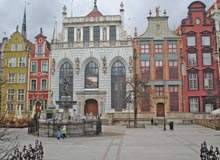
With a population of approximately 38 million and a strategic location between Europe and the former Soviet Union, it would appear at first glance that Poland is a country with a huge potential hotel market.
Yet the focus to date has been overwhelmingly centred on its capital, Warsaw, with few international hotel companies daring to venture into the key provincial cities, the notable exceptions being Accor and Louvre Hotels.
Foreign visitor arrivals, one of the key determinants of the hotel market, saw significant growth between 1994 and 1999, increasing from approximately 74 million to 89 million.
The growth was mainly driven by the introduction of a market economy as well as a more liberalised entry policy for foreigners.
However, in 2000 this growth was reversed and visitor numbers have declined dramatically. While part of the decline can be attributed to recent global events, Poland is still largely dependent on the economies of the countries bordering it, Russia in particular.
See Also:
As a result, Poland has been hit particularly hard – first by the economic crisis in Russia that began in 1998 and secondly by the poor performance of the German economy.
How well do you really know your competitors?
Access the most comprehensive Company Profiles on the market, powered by GlobalData. Save hours of research. Gain competitive edge.

Thank you!
Your download email will arrive shortly
Not ready to buy yet? Download a free sample
We are confident about the unique quality of our Company Profiles. However, we want you to make the most beneficial decision for your business, so we offer a free sample that you can download by submitting the below form
By GlobalDataNonetheless, it is encouraging to note that the downward trend in visitor numbers was dramatically reversed in 2004, with an increase of almost 19% compared with 2003.
So what about Poland’s entry into the EU? Many industry speculators keep telling us that across the new EU countries’ visitor numbers will rise considerably across both the business and leisure segments, although most of the growth in visitor numbers is still being driven by Poland’s traditional trading partners: Germany, Russia, Belarus and the Ukraine.
It is also worth remembering that over a year since EU membership broke LOT’s monopoly on Polish airports (with the exception of domestic flights), an increasing number of low-cost carriers have entered the Polish market and the number of foreign passenger arrivals at Warsaw International Airport has increased by nearly 20%.
However, while starting from a comparatively low base, the 15 EU countries recorded an annual increase in visitor numbers of over 9% from 2003 to 2004.
With the increasing number of flight routes, especially those from budget airlines such as easyJet, Air Berlin and Wizzair, we expect to see strong growth in numbers from the original 15 EU countries in the next few years.
So what are the key factors that will drive further visitor number growth, and hence room demand, in Polish hotels?
- Poland is strategically located between Germany and the emerging markets of the CIS countries. After Poland joined the EU in May 2004, the country’s eastern borders became part of the EU’s external borders and a perfect point of entry to Eastern European markets.
- While the Economist Intelligence Unit’s (EIU) country forecast (February 2005) has forecast a slowdown in GDP growth to 4.3% in 2005 and 4.0% in 2006, this growth is still above that of many EU countries.
- Foreign direct investment has increased at a compound annual growth rate of over 38% since 1993.
- Polish companies have experienced strong financial growth and, despite disappointing levels of investment in 2004, there is expected to be a rebound in investment in 2005–06.
- From 2005, government policy will mainly be focused on restructuring before the privatisation of strategic sectors in 2007–09 and the liberalisation and independent regulation of the energy and telecoms sectors. By 2009, all regulations should be harmonised with EU standards.
- Between 2007 and 2009, emphasis is likely to shift from privatisation to greenfield investments, and inflows of foreign direct investments should remain strong, with red tape reduced to facilitate further investment. The restructuring and eventual privatisation of the financial sector, expected between 2007 and 2009, should also improve access to financing.
This all bodes well for business demand, but leisure demand across Poland is still in its infancy, accounting for approximately 23% of foreign visitor arrivals in 2004.
While there has been an annual decline in leisure visitor numbers since 1997, this trend was finally reversed in 2004, which saw a 4% increase. However, apart from Krakow, most cities still lack major tourist attractions and leisure demand largely comes from Germany and the Ukraine.
PERFORMANCE BY CITY
But how do these visitor arrivals translate into bednights, and what does this mean in terms of occupancy and average room rates in some of Poland’s key cities?
Bednights across Poland are estimated to have totalled approximately 13 million in 2003, of which 41% were international and 59% domestically generated, respectively.
In terms of occupancy and average room rate, market performance in Warsaw is well documented. Recent years have seen significant oversupply in the four-star and five-star markets, with the result that performance is poor and many hotels currently sit at market values well below that of cost.
There is a marked difference in Warsaw between occupancy in the upscale hotels and the branded budget hotels. The latter exhibit much stronger occupancy levels, despite low volumes of leisure demand, with the decline in recent years essentially the result of increases in new supply.
On the plus side though, market-wide occupancy is expected to grow marginally in the coming years, driven by increased capacity at Warsaw airports and anticipated slow growth in leisure segments. The rates are not expected to drop further, but annual growth is unlikely to exceed inflation from 2005 onwards.
Elsewhere in Poland, the performance of the key markets is much more mixed. While the general trend is a gradual improvement in occupancies, average room rates have experienced mixed fortunes, with most markets seeing a marginal decline in rates, with the notable exception of Poznan.
In Krakow, a market which is driven by leisure demand, hotel occupancy has increased significantly over the past two years, mainly due to new budget air carriers flying to the city’s airport.
This improved market-wide performance is in spite of many new hotels opening, including a Sheraton and an Express. Other new hotels are planned or under development, but we expect market-wide occupancy to remain at a similar level to that achieved in 2004 as new supply is met by increasing levels of demand.
Katowice has limited appeal for leisure tourists, and demand for accommodation is driven almost exclusively by business guests. The Silesian voivodship, of which Katowice is the capital, is one of the major industrial centres in Poland. Key industries include the production of iron and steel, chemicals and electricity.
Room rates are under pressure, and although Wizzair began flights from Katowice Airport in 2004, this has had little impact on the market, as many passengers are thought to be in transit to other destinations.
Wroclaw is a key commercial centre and has attracted a significant amount of foreign investment since the beginning of the 1990s, with Radisson, Campanile, Novotel, Holiday Inn and Dorint Sofitel all opening hotels there.
This substantial increase in room supply has led to fierce competition and rate discounting, with the four-star hotels finding it hard to achieve decent room rates.
Demand for hotel accommodation is generated predominantly by commercial and tourism activities, with the latter representing around 40% of room nights in 2004.
Poznan has the advantage of being close to the German border with Poland, and is equidistant between Berlin and Warsaw. Since the mid-1990s, Poznan has attracted a significant amount of foreign investment, including contributions from GlaxoSmithKline, Bridgestone and Volkswagen.
The city is also Poland’s leading trade fair centre, and hosts an increasing number of fairs and exhibitions throughout the year. The hotel market is dominated by Accor and Orbis, which together constitute approximately 60% of available roomnights in the market, with another French hotel chain, Campanile, operating the only other branded hotel in the city.
However, two other branded hotels are under construction:a 108-bedroom three-star hotel by System Hotels and a 200-bedroom five-star Sheraton Hotel.
The Szczecin hotel market, like most provincial Polish markets, is dominated by Polish hoteliers, particularly Orbis, which has several hotels in the city, including two, the Ibis and the Novotel, which it operates in conjunction with Accor. The only other internationally branded hotel in the city is the Radisson SAS.
Demand for accommodation is driven by the commercial sector, and the economy is dominated by the local shipyard. Like Poznan, the city’s proximity to Germany enables it to trade more easily with Western European countries than most other cities in Poland.
BRANDED HOTEL SUPPLY
The branded hotel supply in Poland is substantial, with a total of 150 branded hotels and 24,350 rooms. This is concentrated in the main Polish cities of Warsaw, Krakow, Wroclaw, Szczecin and Poznan.
The leader of the branded hotel supply is the mid-scale hotel brand Orbis (19% of the total branded hotel supply), followed by Novotel (13%). The branded hotel market in Poland is well established compared with other Central and Eastern European countries, but international branded hotel supply is still growing.
SLUGGISH OCCUPANCY RATES
Occupancy rates for all hotel segments plummeted from an average room occupancy of 47% in 1999 to 36% in 2003. This improved to 40% in 2004, supported by a rebound in international visitor numbers.
The fall is linked to the dramatic increase in hotel supply in Poland during the same period, leading to over-supply in some markets. Declining levels of demand due to the general economic slowdown and the decline in international travel have further aggravated hotel occupancy performance in recent years.
Early signs of improving visitor numbers coupled with a slowdown in new hotel supply should benefit hotel performance in Poland in the medium term. While four-star and five-star hotel values are severely depressed – to the extent that they are below development costs – budget hotels in Warsaw have performed well. There is little prospect of a recovery in value in the short term, but patient investors could be rewarded.



